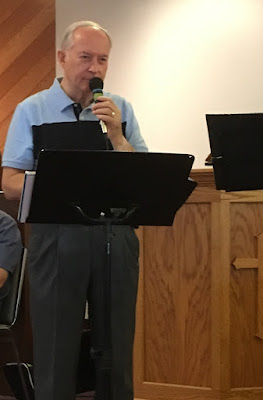RUTH AND BEYOND
One of the stories commonly heard from the old Testament is that of Ruth and her marriage to Boaz, an Israelite farmer. Ruth was a Moabite woman, perhaps even a princess, who married one of Naomi’s sons after she and her husband Elimelech, along with their two sons, went to Moab to escape a famine in Bethlehem. To go there at all, or to have association with a Moabite, had previously been strictly forbidden by God. No “…Ammonite or Moabite may enter the assembly of the Lord; even to their tenth generation…[You] shall not seek their peace or prosperity all your days forever” (Deuteronomy 23:3,6). Perhaps this is the reason that both of Naomi’s sons and her husband died in Moab not too long after settling there.
In order to understand God’s edict, it’s necessary to go back to Genesis and follow the history. Abraham and his nephew Lot travelled from Ur until they reached the area of Sodom and Gomorrah where they parted ways. Through Abraham and Sarah, and their son Issac, came the nation known as the Hebrews. Lot, after escaping from Sodom and becoming drunk, had an incestuous relationship with his daughters and from these encounters came two sons: Moab, the father of the Moabites and Ammon, the father of the ammonites. Both these nations later became the enemy of Israel. For example: neither offered Israel any help on the way out of Egypt and the king of Moab hired Balaam to curse the Israelites.
So Moab and Israel were long time enemies even though they were distantly related. By the marriage of Ruth to Boaz, the descendants of Lot and Abraham were in a sense reunited. The marriage also united the Hebrew people and the Gentiles so that they could become as one and with both coming under the one God. Ruth had renounced her old religion when she returned to Bethlehem “thy people shall be my people, and thy God my God” (Ruth 1:16, KJV).
This set the stage for the lineage of David and of Christ because He came for the whole world and not just for one nation. This was further set forth when Christ said to Ananias regarding Saul, “Go, for he is a chosen vessel of Mine to bear My name before Gentiles, kings, and the children of Israel” (Acts 9:15). It was this action which could and should unite the church as one entity under the message of “Christ crucified” (1Corinthians 1:23) but which became “to the Jews a stumbling block and to the Greeks foolishness”(1 Corinthians 1:23).
The stage was set through the union of Boaz and Ruth and their reconciliation. It was further emphasized by Christ when He sent Saul out to preach to both the Jews and Gentiles. The church, united, would be a potent force for salvation and transformation. Jesus also reiterated this in His final prayer when He said:
“I do not pray for these alone, but also for those who will believe in Me through their word;
that they all may be one, as you, Father, are in Me, and I in you;
that they also may be one in Us, that the world may believe that You sent Me.
And the glory which You gave Me I have given them,
that they may be one just as We are one: I in them and You in Me;
that they may be made perfect in one, and that the world may know that You have sent Me, and have loved them as You have loved Me.”
(John 17:20-23)
When the Jewish people and the Gentiles fully unite, as illustrated by Ruth and Boaz, and by the commission given to Paul and the church, then we may see the true transformative power of Christ’s word and of the church. Then, also, we may see the world as we all would like it to be.
At least it’s something to think about.


No comments:
Post a Comment